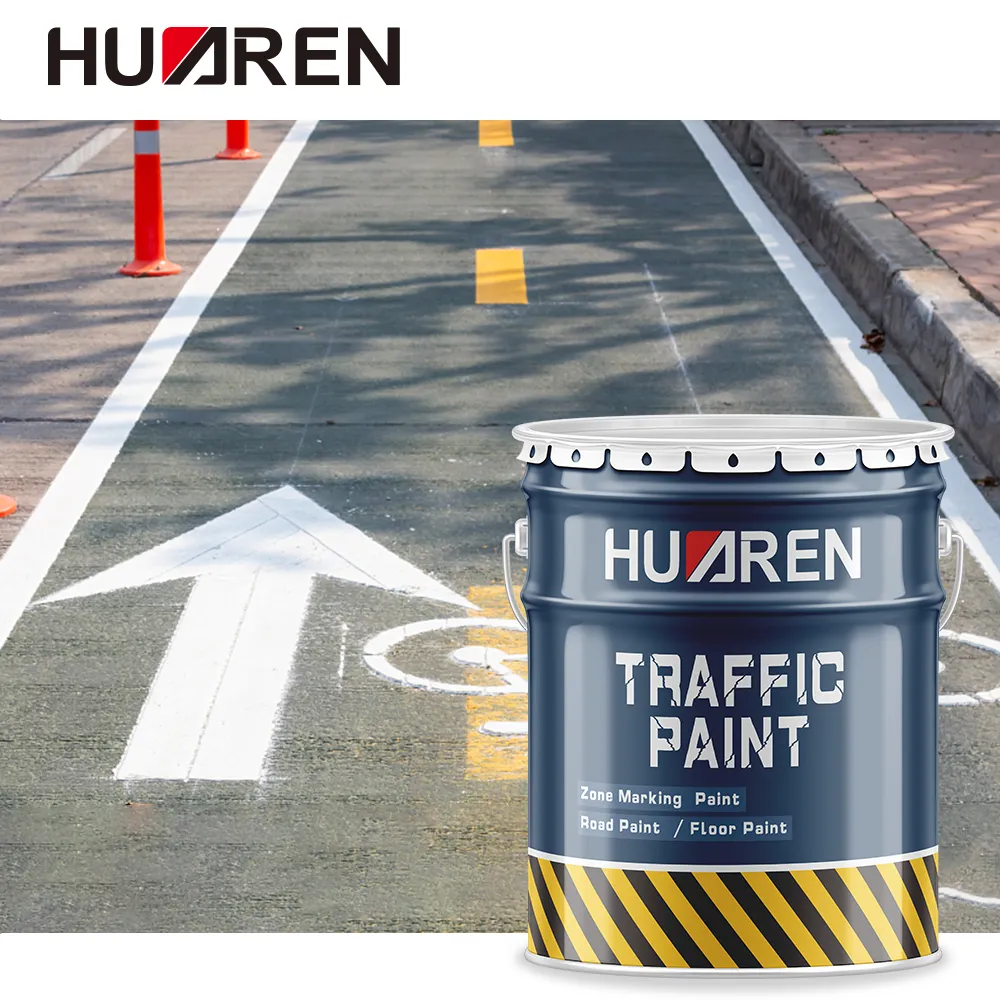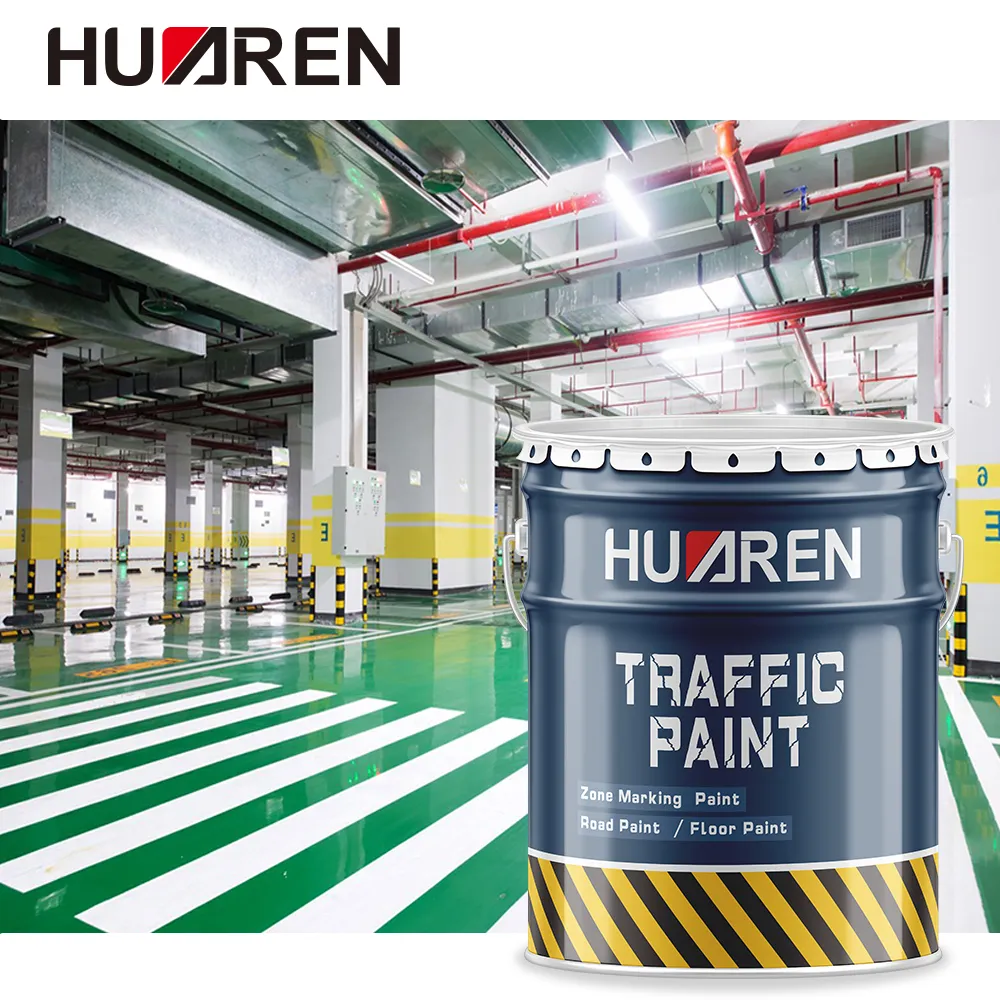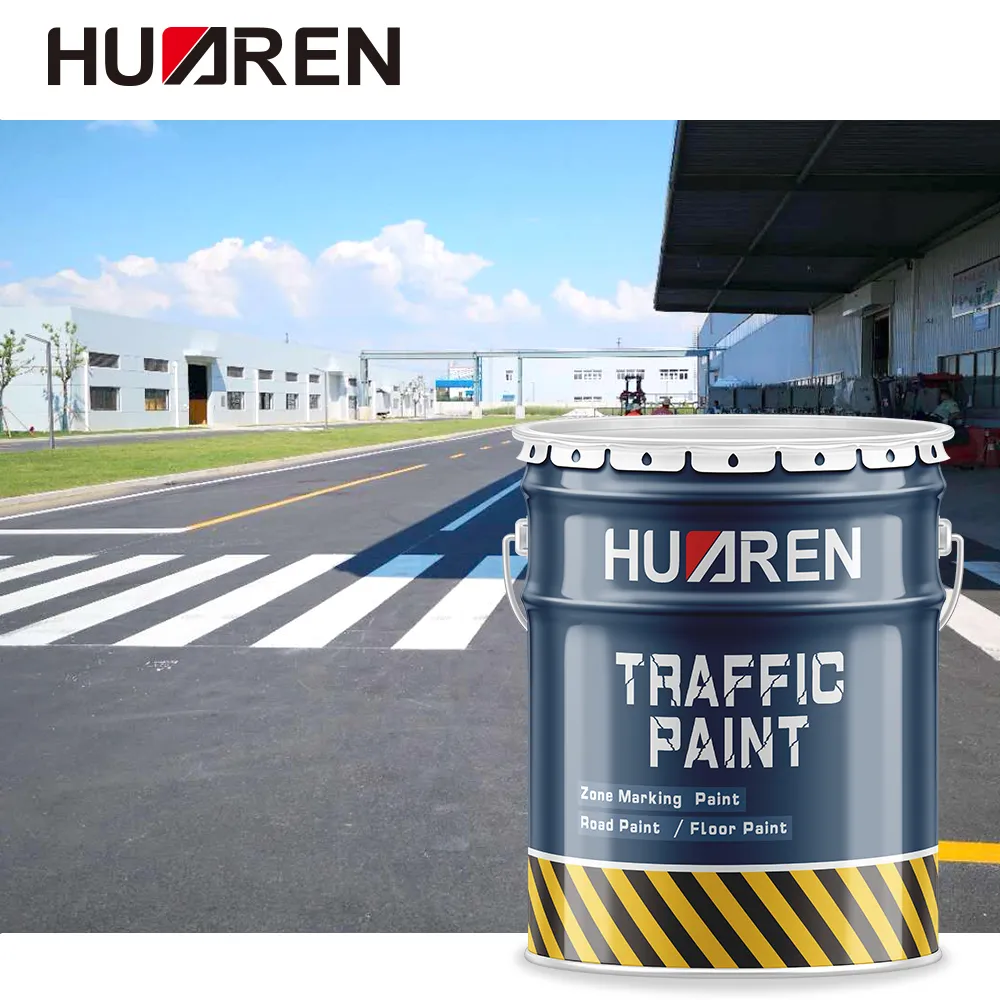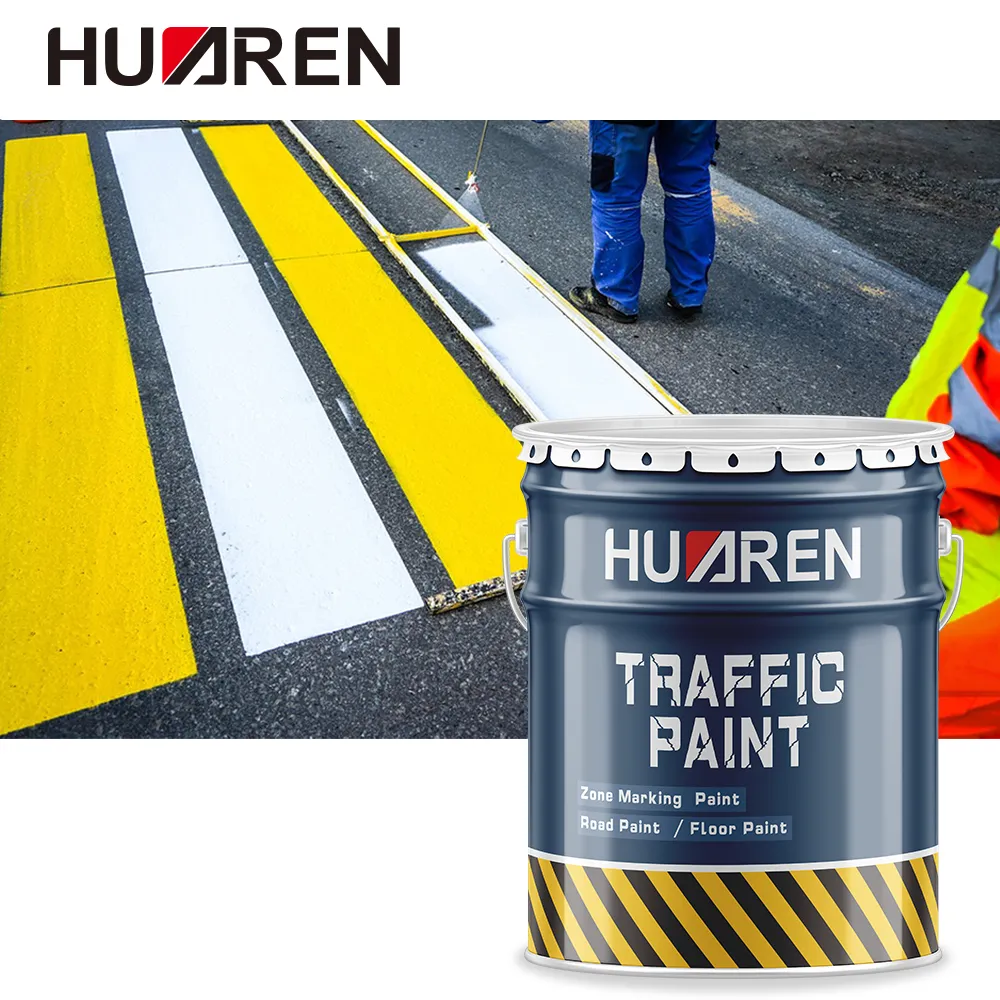White road marking paint plays an important role in our daily lives. Whether it is urban roads, highways, parking lots, or school playgrounds, white road marking paint is an important tool to ensure traffic safety, guide driving, and regulate order.
This article will explore in detail the various uses of white road marking paint and its application in different scenarios to help readers fully understand this inconspicuous but vital material.

What is white road marking paint?
White road marking paint is a paint specially used for marking on roads and other surfaces. Its main function is to guide traffic, divide lanes, indicate driving directions and parking areas through clear markings. White road marking paint is usually highly reflective and durable, and can remain clearly visible in various climate conditions.
What are the ingredients of white road marking paint?
The main ingredients of white road marking paint include:
● Base material: Common base materials are acrylic, polyurethane and epoxy resin, which provide adhesion and durability of the coating.
● Pigment: Titanium dioxide is the most commonly used white pigment with good hiding power and weather resistance.
● Reflective materials: such as glass beads, improve the visibility of markings at night and in low visibility conditions.
● Solvents: used to adjust the viscosity of the paint for easy coating.
● Additives: such as UV inhibitors and anti-skid agents to enhance the performance of the paint.

What are the uses of white marking paint?
The main uses of white marking paint:
1. Road traffic markings:
● Lane dividers
● No parking lines and parking spaces
● Pedestrian crossing lines
2. Parking lot and warehouse markings:
● Parking lot markings
● Warehouse markings
3. Stadium landmarks:
● Stadium markings
● Playground markings
4. Industrial and commercial uses:
● Workshop and factory markings
● Airport markings
5. Other uses:
● Parking lot and garage markings
● Construction site markings.

1. Road traffic markings:
● Lane dividers: White marking paint is widely used for lane dividers on urban roads and highways. Lane dividers divide different lanes with clear white markings, indicating the direction and position of vehicles, which helps to reduce traffic accidents and improve road traffic efficiency.
● No parking lines and parking spaces: In urban streets and parking lots, white marking paint is used to mark no parking areas and parking spaces. No parking lines indicate no parking areas through obvious white markings to ensure smooth and safe traffic. Parking space markings mark the parking positions of vehicles and improve the utilization and order of parking lots.
● Pedestrian crossing lines: White marking paint is used to mark pedestrian crossing lines and indicate areas where pedestrians can pass safely. Pedestrian crossing lines are usually set at intersections and crowded areas such as schools and hospitals. Through obvious white markings, drivers are reminded to pay attention to pedestrians and ensure pedestrian safety.
2. Parking lot and warehouse markings:
● Parking lot markings: In parking lots, white marking paint is used to mark parking spaces, driving lanes and no parking areas. Through clear white markings, vehicles can be effectively guided to park and drive, improving the management efficiency and safety of parking lots.
● Warehouse markings: In warehouses and industrial sites, white marking paint is used to mark cargo storage areas, driving lanes and safety lanes. Through obvious markings, warehouse management can be effectively standardized, and work efficiency and safety can be improved.
3. Stadium landmarks:
● Stadium markings: In basketball courts, tennis courts, badminton courts and other sports venues, white marking paint is used to demarcate competition areas and boundary lines. Through clear markings, the rules of the game can be clarified to ensure the fairness and smooth progress of the game.
● Playground markings: In school playgrounds and community stadiums, white marking paint is used to demarcate sports areas such as runways and long jump areas. Through clear markings, athletes' activities can be effectively guided to ensure the safety and order of sports.
4. Industrial and commercial uses:
● Workshop and factory markings: In industrial workshops and factories, white marking paint is used to demarcate equipment placement areas, operation areas and safety passages. Through clear markings, production operations can be effectively standardized and production efficiency and safety can be improved.
● Airport markings: On airport runways and aprons, white marking paint is used to demarcate aircraft taxiways, parking spaces and safety areas. Through obvious markings, the taxiing and parking of aircraft can be guided, and the operating efficiency and safety of the airport can be improved.
5. Other uses:
● Parking lot and garage markings: In parking lots and garages in residential and commercial areas, white marking paint is used to mark parking spaces, driving lanes and no-parking areas. Through clear markings, vehicles can be effectively guided to park and drive, and the management efficiency and safety of parking lots can be improved.
● Construction site markings: At construction sites and construction sites, white marking paint is used to mark construction areas, safe passages and equipment placement areas. Through obvious markings, construction operations can be effectively standardized and construction efficiency and safety can be improved.

Actual application cases
Case 1: Urban road markings
In order to improve traffic safety and traffic efficiency, a certain city decided to paint the main roads with markings. During the construction process, highly durable and highly reflective white marking paint was used, and reflective glass beads were sprinkled during the coating process. After construction and drying, the markings are clearly visible, which improves the traffic efficiency and safety of the road.
Case 2: School playground marking
In order to regulate students' sports activities, a school decided to carry out line marking on the playground. Environmentally friendly white marking paint was used during the construction process to ensure that it was harmless to students' health. After the line marking was completed, the playground was clearly divided and sports activities were effectively regulated and guided.

